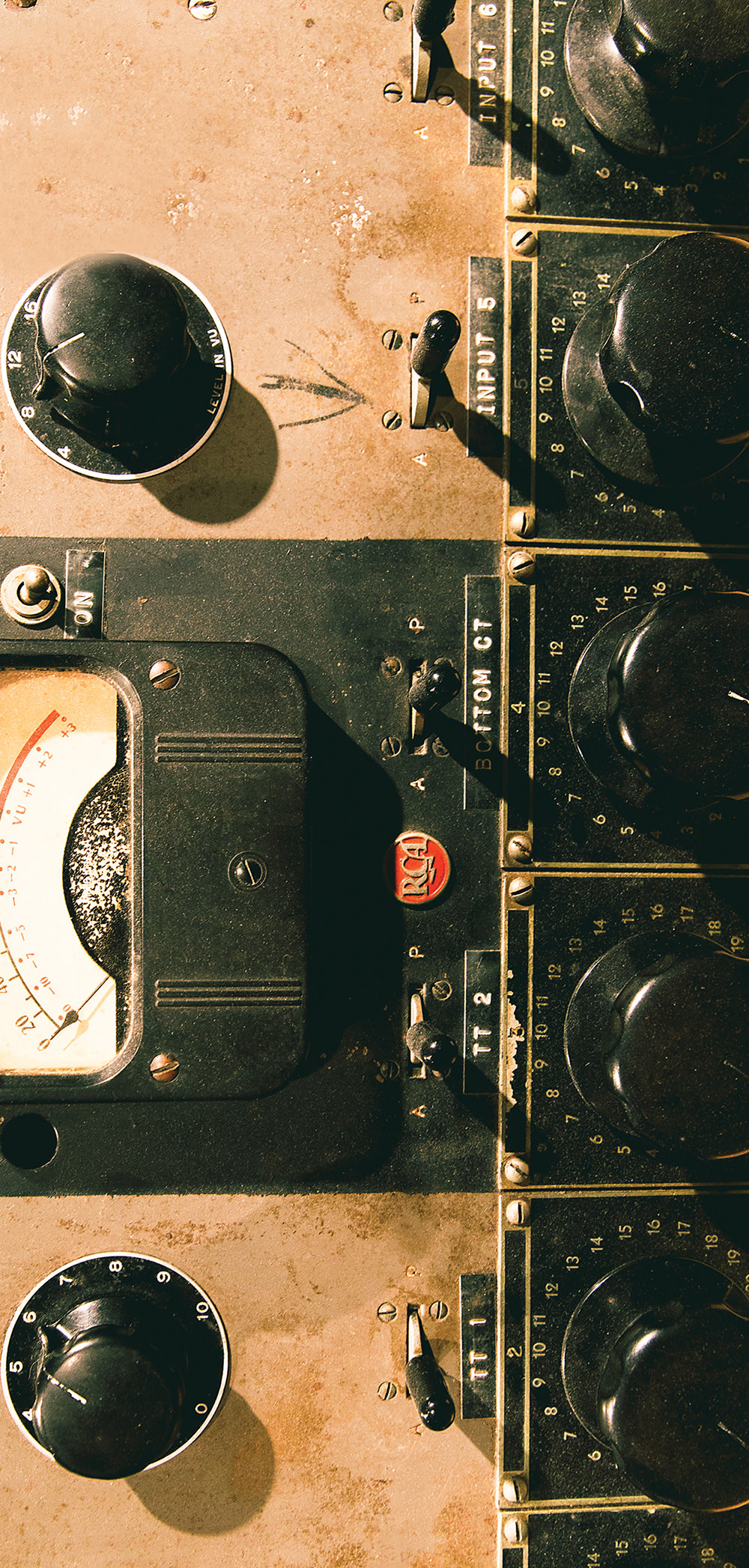You all know the scenario. You're in the studio, the guitarist is getting sounds, and even though they may have a great tone, as a recording engineer all you hear is the obnoxious buzzing hum from their guitar, pedals, and amp. You pull all the unused pedals out of the chain, swapping wall warts for 9-volt batteries, checking cables, and flipping the amp's ground switch. Then you make the guitarist rotate, probably getting less hum when the headstock points towards magnetic north. But the hum is always still there, because that's what single coil (and sometimes, humbucking) pickups generally do. I've been using iZotope RX [Tape Op #123] to remove this hum post tracking, but on sessions where I'm tracking to analog tape (and staying on it) software obviously doesn't work. Stompbox-based noise gates can help, but frequently they cut off held notes too quickly, are difficult to set up properly, and making them impossible to trust.
So, imagine my skepticism when guitarist A.G. Donnaloia brought in an Electro-Harmonix Hum Debugger pedal during a Johnny Boyd session. If you assume this is a noise gate, you are wrong. After explaining the pedal to Jack Endino [Tape Op #13] he correctly deduced that the supplied 7.5 VAC power supply was the key; it lets the exact AC cycle (60 Hz in the US) enter the pedal, from which I suppose an inverse image of the hum profile (or an EQ filter) is created in order to remove the unwanted sound. Note that this means you'd never be able to power this from a typical multi-unit pedal power supply or a battery. Besides the usual on/off footswitch, there's a Strong/Normal switch that in Strong mode removes both odd and even harmonics and in Normal just removes odd harmonics of the hum.
We tried the pedal on the session that day, and initially I was blown away by the elimination of the single coil pickup hum. Clean tones seemed undisturbed, and the noise basically disappeared, even on the lighter Normal setting. This was on a jazz/standards-style session, and I was mic'ing A.G.'s small, high-end boutique tube amp with a ribbon mic. I began to notice a lot of what I perceived as room tone, so I put an acoustic baffle near the rear of the mic to reduce any reflections entering the backside. The sound was the same. I turned off the Hum Debugger, and the "room tone" went away. So be warned; it does add a little latency or something that spatially mucks up the sound when playing with very clean settings. We ended up removing the pedal and using RX later instead. I had gotten excited and already ordered a new Hum Debugger online earlier that day, so now I wanted to proceed warily. I had a feeling that on super rocking lead or fuzz guitar, that this pedal would work better, and I was right. On a fun session, for a new project called Sunday State, Steve Turner was playing bass. He's really known for his awesome fuzz guitar work in Mudhoney, and on one song it was decided to have Steve throw some wild soloing down. Immediately there was a lot more hum than desired, and we were tracking exclusively to tape (and mixing in mono!). I plugged in the Hum Debugger, boom - the hum was gone, and Steve's tone stayed the same as far as any of us could tell. Heck yeah, problem solved!
I'm glad I bought this pedal, and I'll be keeping it in mind to try when needed. Like I said, I'll be wary of using it on cleaner guitar tones, and happy to try it on fuzzy lead sounds, but in all cases I'll be watching this pedal like a hawk - making sure it's doing the job properly and not messing up the tone.




_disp_horizontal_bw.jpg)